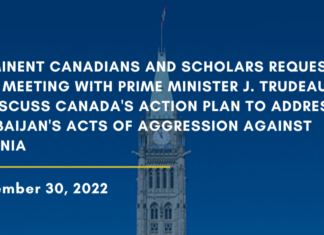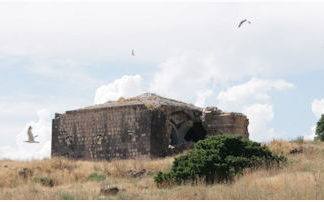
By Suren Musayelyan
SPITAK (ArmeniaNow) — A powerful tremor that struck northern Armenia at 11:41 a.m. on December 7 changed the course of the nation’s history 21 years ago.
The earthquake, measuring 6.9 on the Richter scale, killed at least 25,000 people who succumbed to death under the ruins of the Soviet-built residential apartment blocks, hospitals, schools, kindergartens and other buildings in several locations in northern Armenia.
It also instantaneously crippled tens of thousands. Its social, cultural, psychological aftershocks crippled an entire nation and continue to be felt by a generation who’ve turned adult on 20 years of December 7 mourning. It was the greatest natural disaster in modern Armenian history, and it took only seconds for a nation as old as Noah to see a new reality through a landscape of rubble.
Some of the settlements at the epicenter of the quake, such as the village of Nalband (now Shirakamut) and the town of Spitak were razed to the ground by the powerful tremor and repeated aftershocks. The towns of Leninakan (now Gumri), Kirovakan (now Vanadzor), Stepanavan, and other nearby populated areas were severely damaged.









